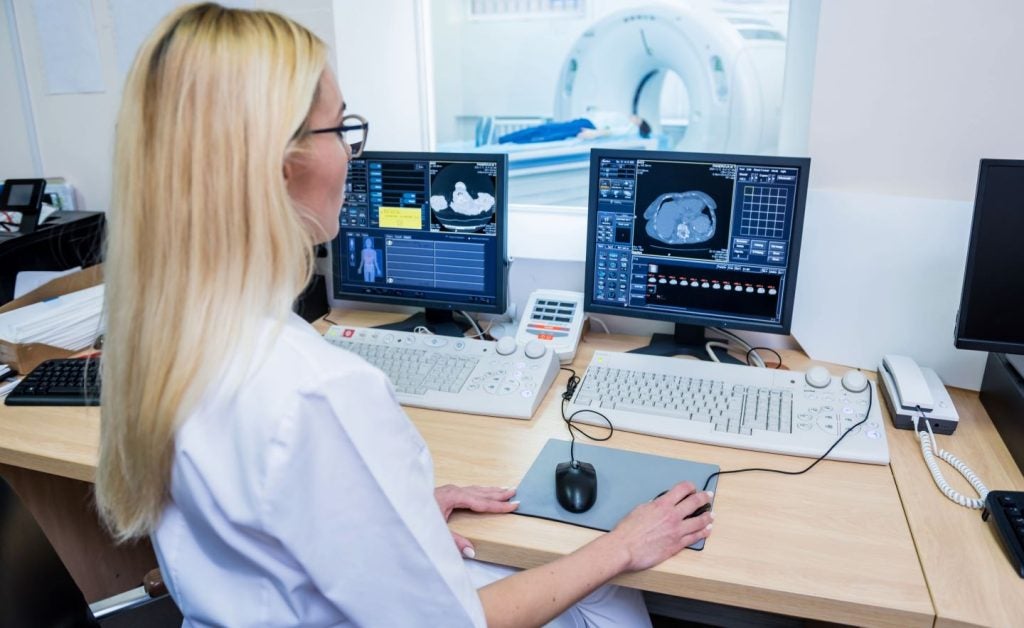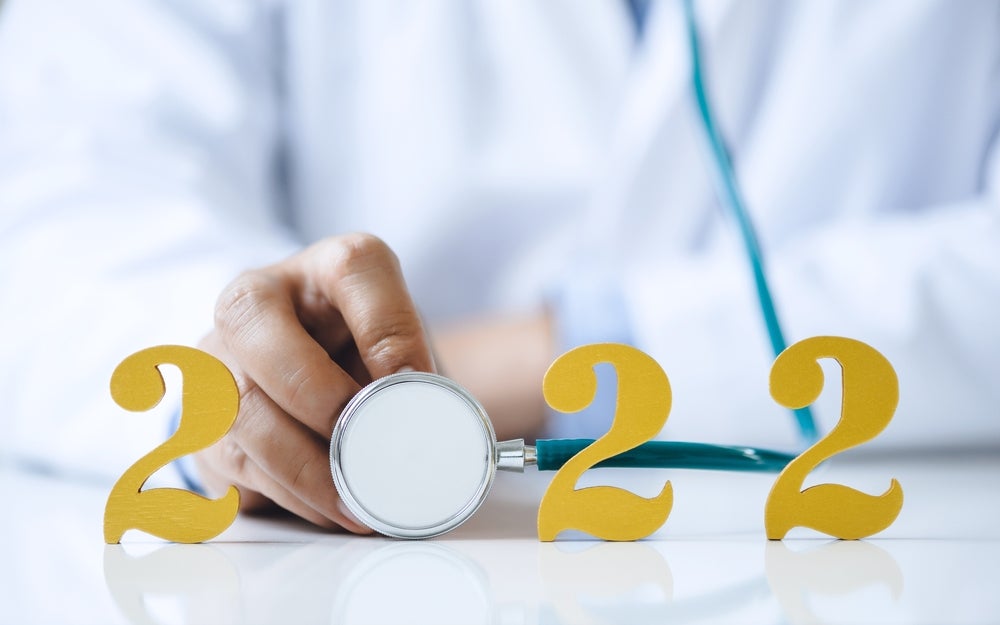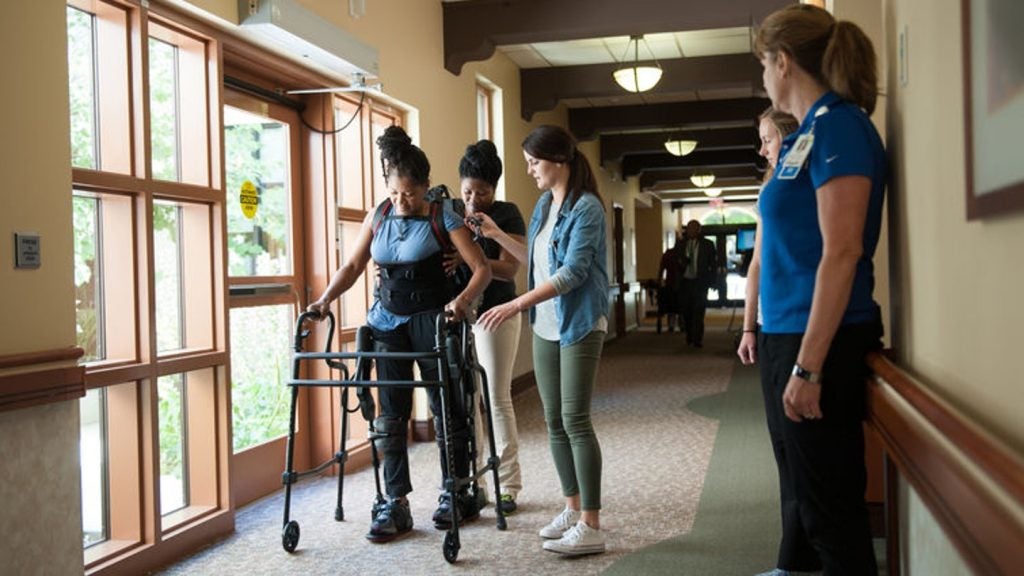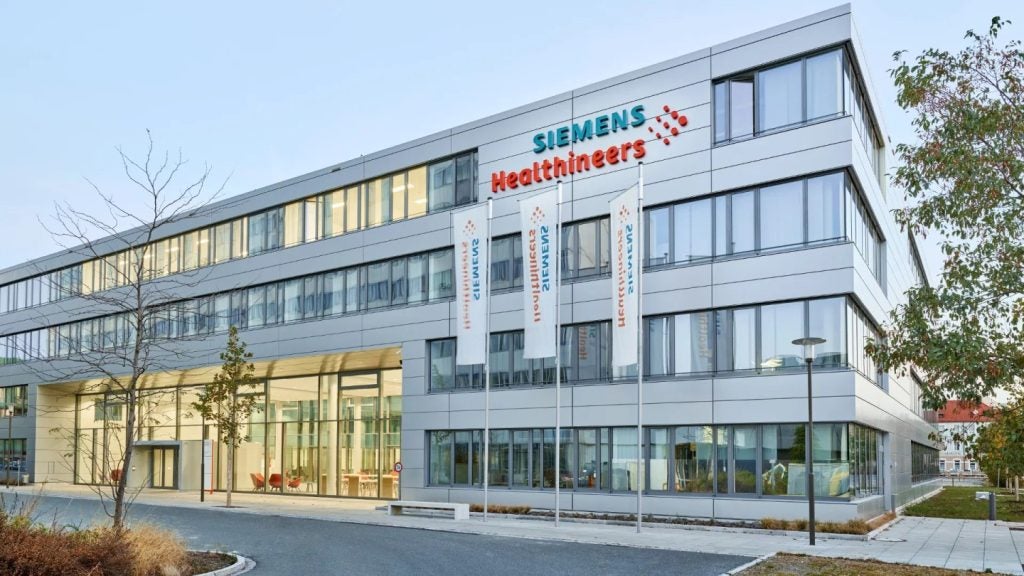Rad AI has secured $50m in a Series B financing round to expand generative artificial intelligence (AI) solutions across worldwide health systems.
Khosla Ventures led the investment round with contributions from World Innovation Lab and others.
Current investors ARTIS Ventures, Kickstart Fund, OCV Partners and Google's AI-focused fund Gradient Ventures, among others, also took part.
This latest funding increased Rad AI's total capital raised to more than $80m.
In 2018, Rad AI introduced a commercial generative AI product designed to automatically generate sections of radiology reports in the radiologist's language and style.
The company's offerings, including Rad AI Reporting and Rad AI Continuity, have been widely adopted by many of the largest health systems in the US.
Rad AI Reporting is an AI-enabled offering for radiology reporting workflow while Rad AI Continuity is a patient follow-up solution.
Rad AI's AI models are tailored to simplify repetitive tasks such as physician dictation and managing follow-up care.
This not only delivers significant time savings and alleviates burnout but also allows physicians to dedicate more time to patient care.
Rad AI co-founder and CEO Doktor Gurson said: “At Rad AI, we've built the most widely adopted generative AI solutions in healthcare, saving physicians time and improving patient care. Rad AI has become a mission-critical part of health system workflows over the past five years.
“This strategic funding round further cements our position as the leading AI-driven workflow platform in healthcare.”
Using massive healthcare data originating from radiology, Rad AI boasts a considerable data advantage in training its large language models (LLMs) with precision and individual user language customisation.
The Series B funding will expedite the further development and implementation of Rad AI’s products.
Khosla Ventures partner Alex Morgan said: “Rad AI's transformative reporting software – powered by their proprietary LLMs trained on some of the world's largest radiology datasets – materially decreases the time it takes for radiologists to go through their workload while reducing fatigue and burnout.”















